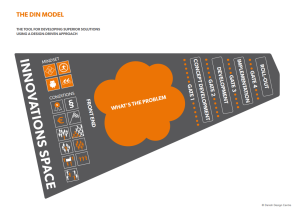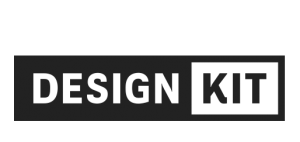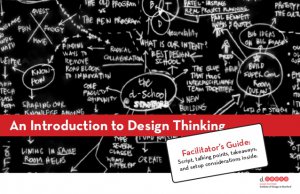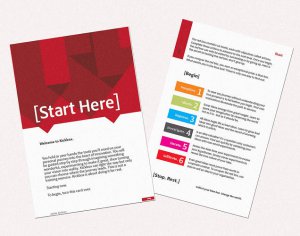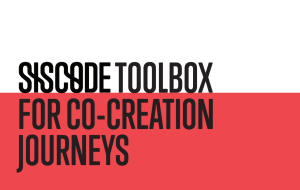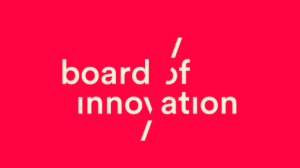The DIN model is a methodology for developing solutions using a design-driven approach with the goals of achieving better and more innovative processes and outcomes, increasing probability of implementation, and improving user satisfaction. The model helps explore all the potential pitfalls, possibilities and limitations, particularly in the "front end" or early stage of projects. The DIN model consists of a series of phases and four ‘gates’. Each phase contains a variety of activities and questions, which varies depending on the kind of problem or what ambitions you have for your solution. The DIN model does not give answers but ask the relevant questions. Upon completing a set of activities, toolkit users enter the gate to a new phase, working through processes of research and analysis, concept development, testing, implementation and the roll-out of ideas to others. This resource is intended for those with some experience with design-driven approaches; otherwise, it suggests involving a design firm. The model is based on insights from more than 80 innovation and user-driven projects in which Danish Design Centre and/or Mindlab were involved. The Appendix includes several tools based on the methodology.

This toolkit has been saved 5 times.

